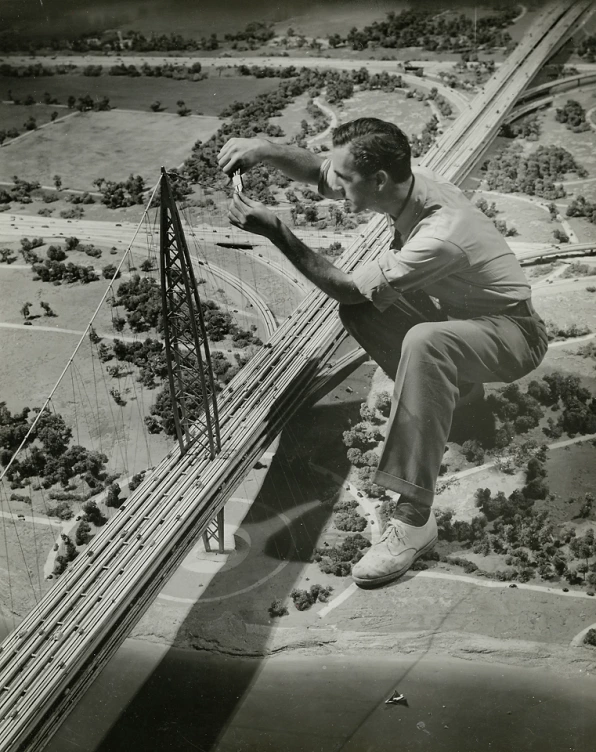Vaishnavi Srivastava
27th April 2023, ON THIS DAY
“Masses of people can never find a solution to a problem until they are shown the way. Each unit of the mass may have a knowledge of the problem, and each may have his own solution, but until mass opinion is crystallized, brought into focus and made articulate, it amounts to nothing but vague grumbling. One of the best ways to make a solution understandable to everybody is to make it visual, to dramatize it.”
– Norman Bel Geddes.
There are several existing ideas and technological advances that surround us, some we do not give two thoughts about as their existence in itself is pretty normative in our everyday lives. Little do we know that these ideas did not just come into being but were brought into existence by one of our own humankind who helped fructify these advances. Every once in a while we see legends like these who were way ahead of their time and do not let their worldview harness their forward-thinking creations and ideas that do not exist primarily. Norman Bel Geddes was one such individual who helped shape the world around us in the convenience we see and experience today.
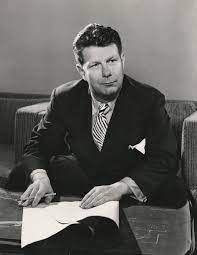
Courtesy: Vanity Fair
Norman Bel Geddes was an American Industrial Designer who is mentioned handsomely in architectural, theatrical and design history books. Born on this day in 1893, Bel Geddes was an architectural mastermind who went ahead and beyond when it came to his art and architecture.
Bel Geddes is often described as a futurist. A utopian and not a dystopian. His view of the world ahead was positive, and Disneyland-ish instead of the very prevalent pessimistic and apocalyptic opinions of the masses. Bel Geddes celebrated technological advances and designed several futuristic and high-tech buildings, cars, radios etc. He is most notably known for his work Futurama (1939) at the New York World’s Fair wherein he created a model of a post-war city. The city was overpowered with skyscrapers, various flyovers, highway designs and overhead line crossing, many of which did not exist at the time.
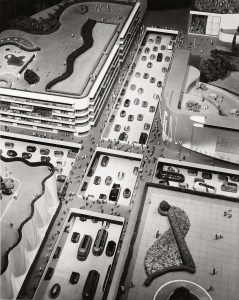
Courtesy: The New York Times
Bel Geddes was, thus, a visionary. His work with General Motors, Philco, Chrysler and PCA are all substantiation of his dedication. He helped popularize the streamlined aesthetic and also designed the famous Soda King Seltzer bottle. To say that his design ideas were out of the box would be an understatement and frankly an insult to his imagination. For instance, one of his design ideas included a stadium for the Brooklyn Dodgers that consisted of a suspended roof that could slide open and close depending on the weather, a phenomenon we would see being conceptualized 20 years after his design. Another such instance is the design for a revolving restaurant he made in 1929, wherein the world hadn’t seen the idea conceptualized up until 30 years later in the year 1959.
However, Bel Geddes was not only known for his work with technology. He is also infamously mentioned in theatrical design books as the legend worked in Broadway shows with geniuses like Eugene O’Neil. He also worked on a film adaptation of Hamlet. His most impressive contributions to the art of stage design were his techniques in lighting. Some of his famous theatrical works include The Miracle (1924), Lysistrata (1930), Dead End (1935), The Eternal Road (1937), Lady in the Dark (1941) and many more.
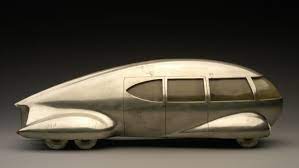
Courtesy: Austin American-Statesman
Bel Geddes was more than just a designer of objects – he was a master of creating immersive experiences that transported audiences to other worlds. His work in the theatre, from the sets and costumes he designed to the innovative ways he used lighting and sound, helped to revolutionize the medium and make it a true art form. Bel Geddes’ influence can still be seen today, in everything from the sleek lines of modern cars to the immersive sets of Broadway productions. He was a true visionary and a master of his craft, and his legacy continues to inspire designers and artists around the world.
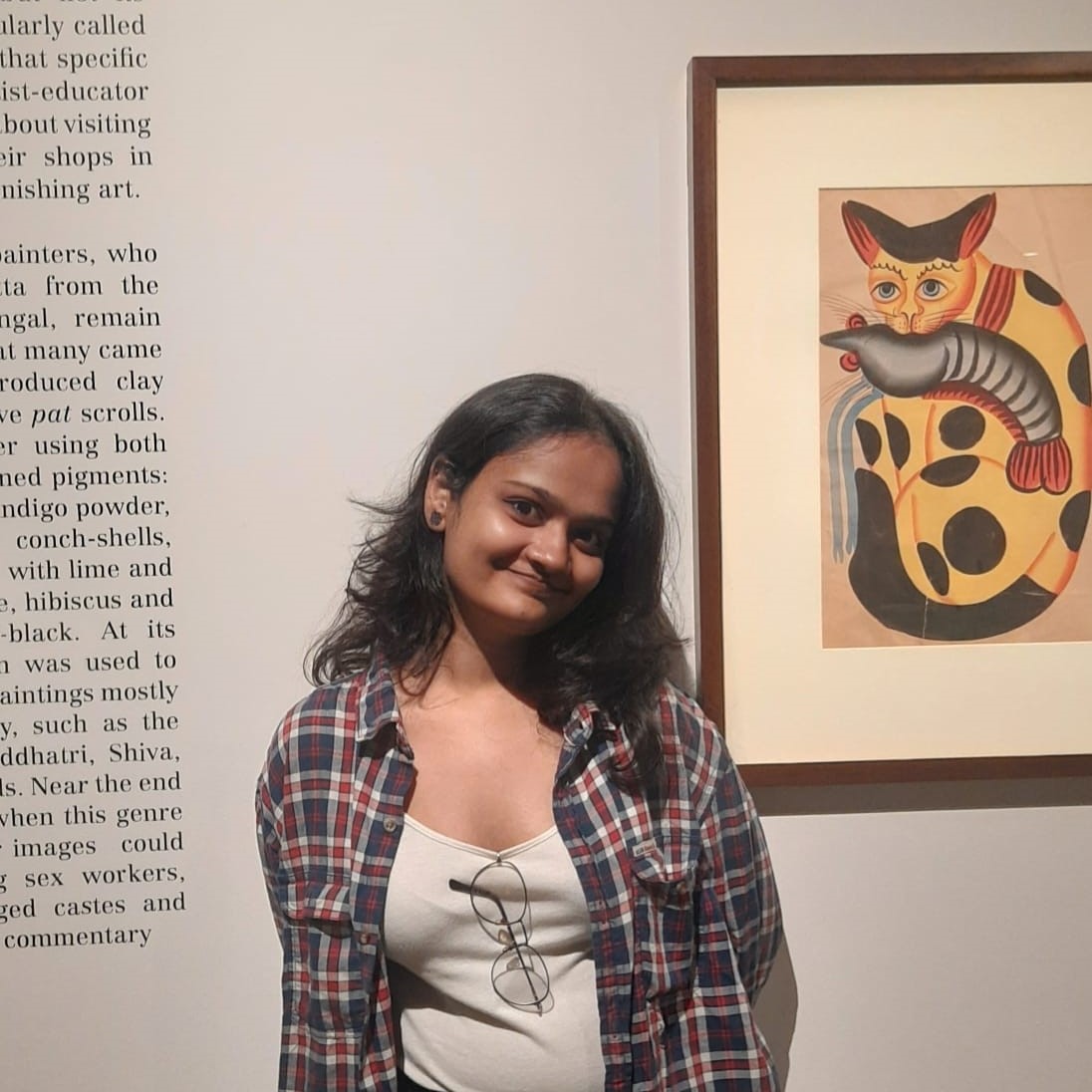
Vaishnavi Srivastava is a learning writer, a keen researcher and a literature enthusiast. She is a Sub-editor at Abir Pothi.


